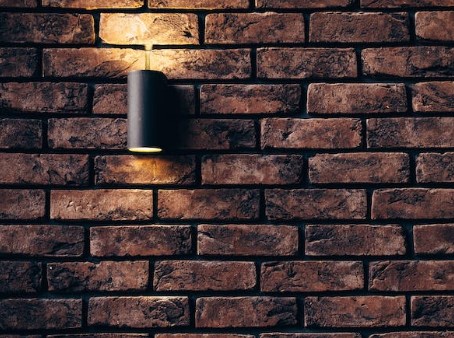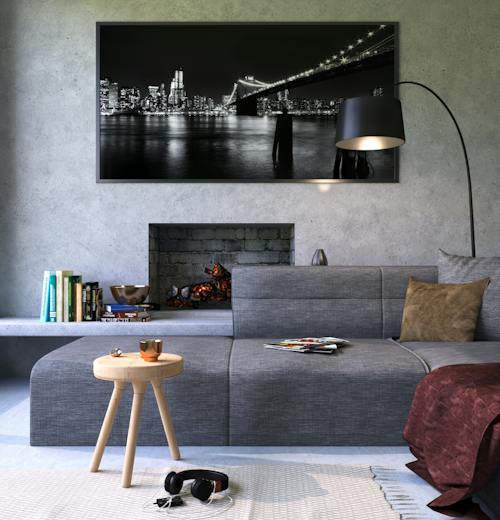
Matte vs. Glossy Interior Paint Finishes: The Key Takeaways
Decorating a room requires careful planning at every step, but it all starts with the type of paint you choose. The rest of the decor, including your furniture and accessories, comes from that decision.
So, when choosing paints for interior walls, it’s crucial to consider the sheen along with the color. Matte and glossy paints take the same shade and turn it into a very different effect.
The final decision between matte versus glossy interior paint shouldn’t be made randomly. Learn these key takeaways, and you’ll be better able to make an informed choice to reach your target.
Shine Matters
The sheen of a paint refers to its reflective ability, aka the shine. The more shiny a surface is, the more light it gives off, which has a significant visual and aesthetic effect on the entire room.
Matte absorbs light with minimal reflection, while glossy reflects most of the light that hits it. However, in between these two extremes are various levels of shine, beginning with matte (also called flat) and moving up to eggshell, satin, semi-gloss, and gloss or high-gloss.
If you’re set on a particular brand of paint, you could be limited in your options. For instance, some manufacturers only carry matte and gloss, while others offer a wider range of sheen.
Your Shine Should Match Your Lifestyle
The decision of matte versus shiny goes beyond looks, though. When you’re trying to determine the type of paint to buy, consider your lifestyle.
Will your home be full of little handprints or animal behaviors that require easy washability? What type of walls are you painting over? These two factors, plus the reflectivity, will lead you to the right kind of paint for your room.
Washability
Glossy paint is more smooth and less porous than matte, which makes it easier to clean and harder to stain or scuff. This type of paint also tends to hold up to moisture better, making it ideal for bathrooms and kitchens.
Reflectivity
The shine, or reflectivity, is important if you want to make a strong statement in a room. The more reflection your paint has, the greater the depth of color you’ll achieve. If you’re selling or renting a home, you may want to go with neutral shades, so reflectivity isn’t as important. But when it’s your home, and you’re using bolder colors, reflective, glossy paint can make those hues stand out.
Visibility of Imperfections
However, the surface of the wall you’re painting is possibly the crucial factor. Matte paints are ideal for bumpy, uneven surfaces because they absorb the light and hide those imperfections. Glossy paints will make every textural aspect of the wall more visible.
Look for Your Color Choice in Various Sheens
One final takeaway to keep in mind as you decide the color paint to use: the shade will change depending on the sheen. Ask for paint samples of the same color in matte and high-gloss, and see how they look on the wall. You may want something in between, like an eggshell or satin, for the walls and a glossier paint for the trim and accents.







